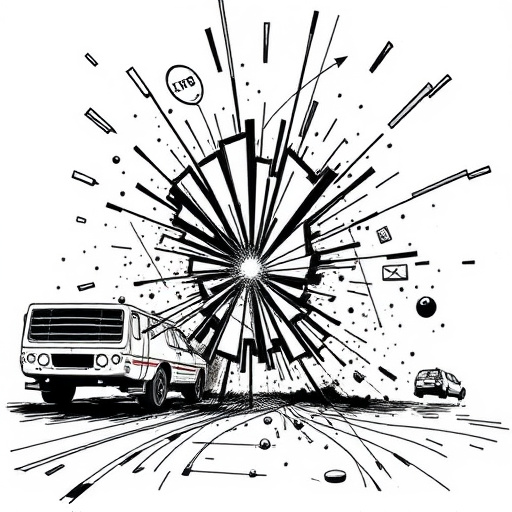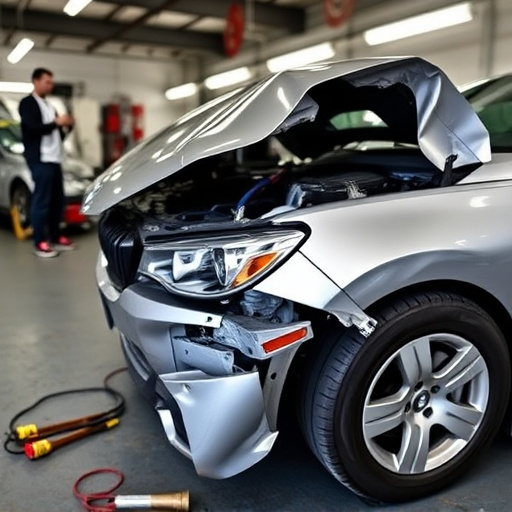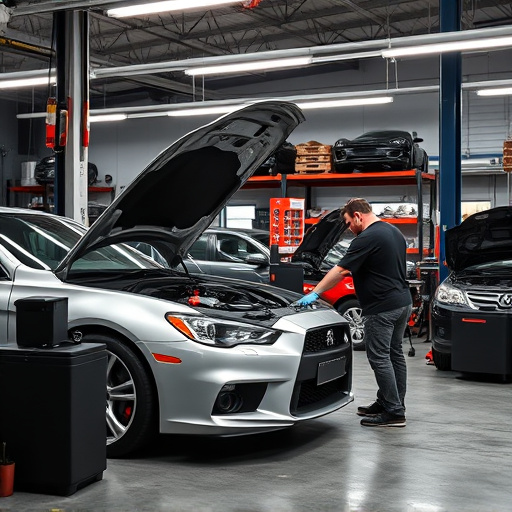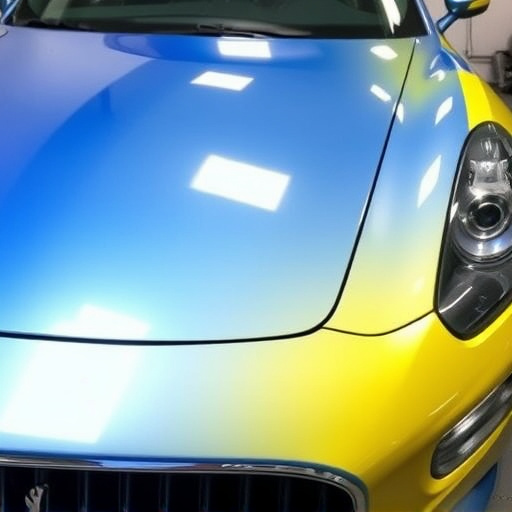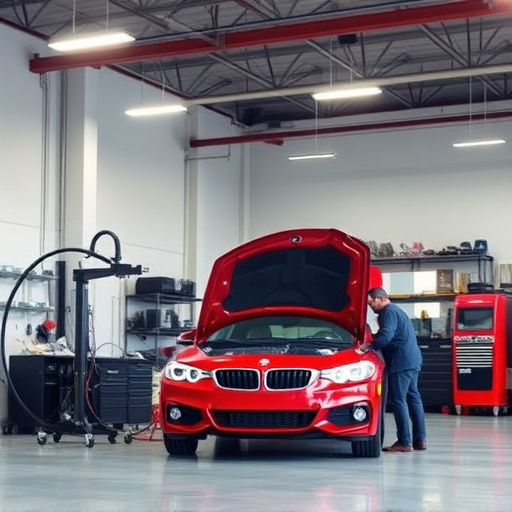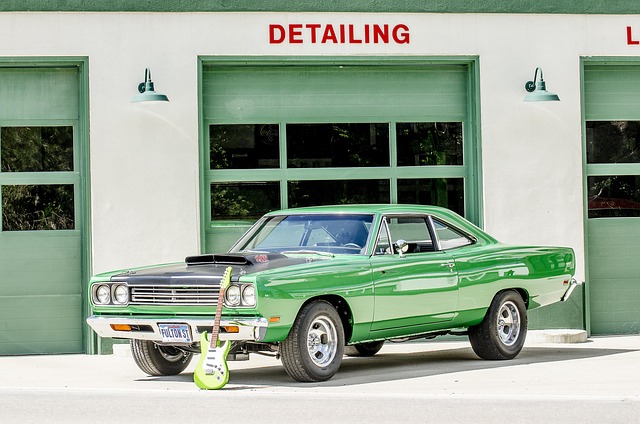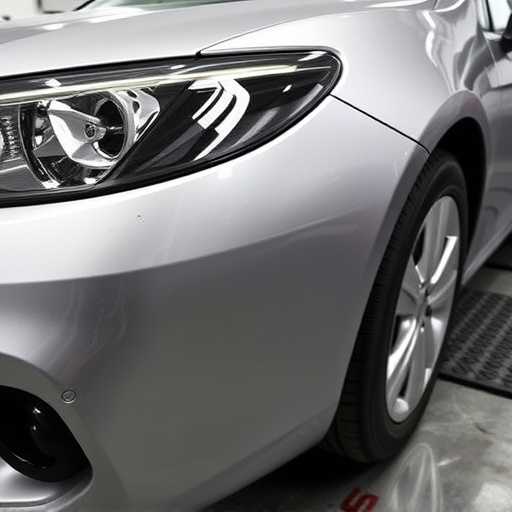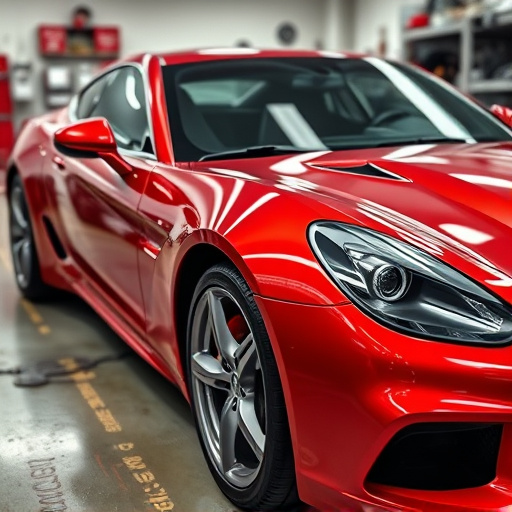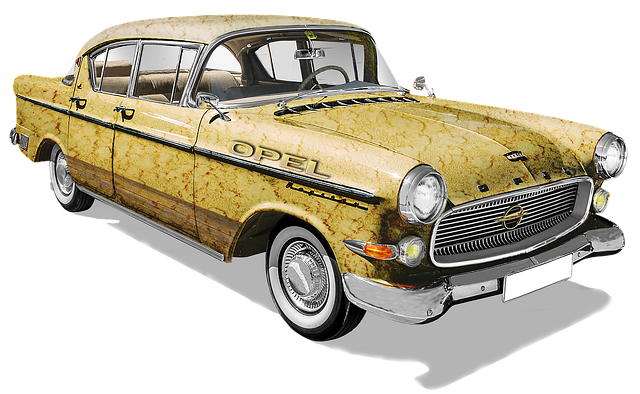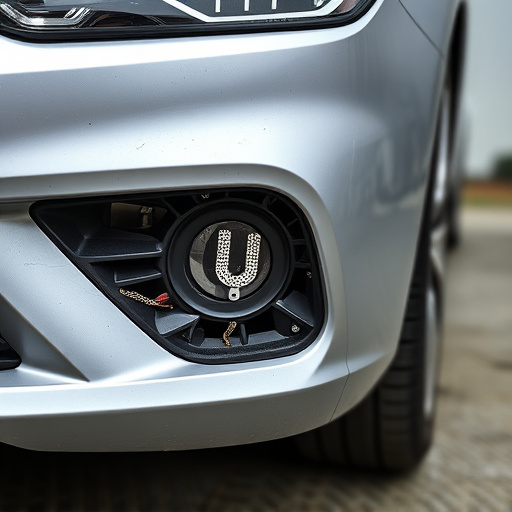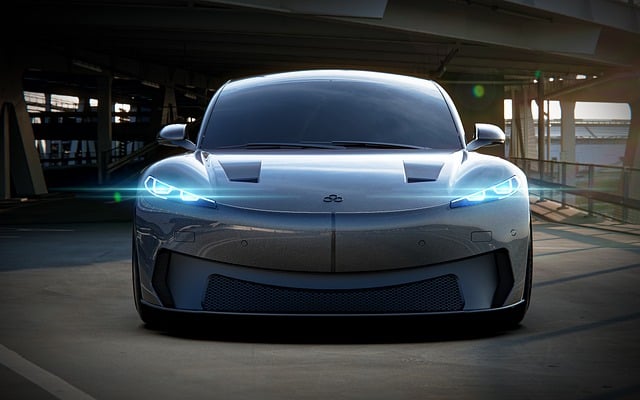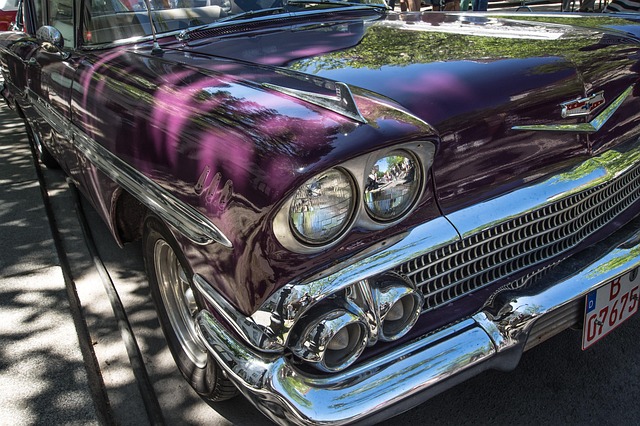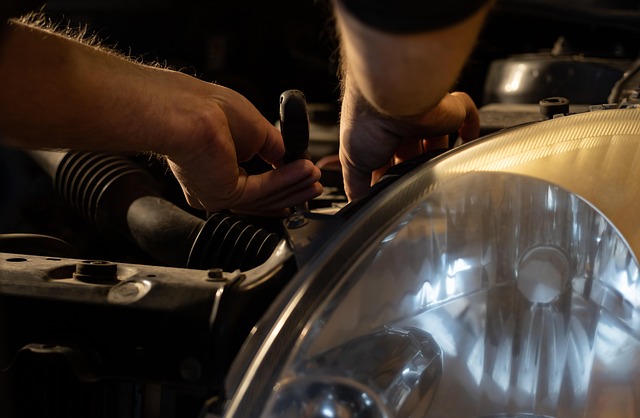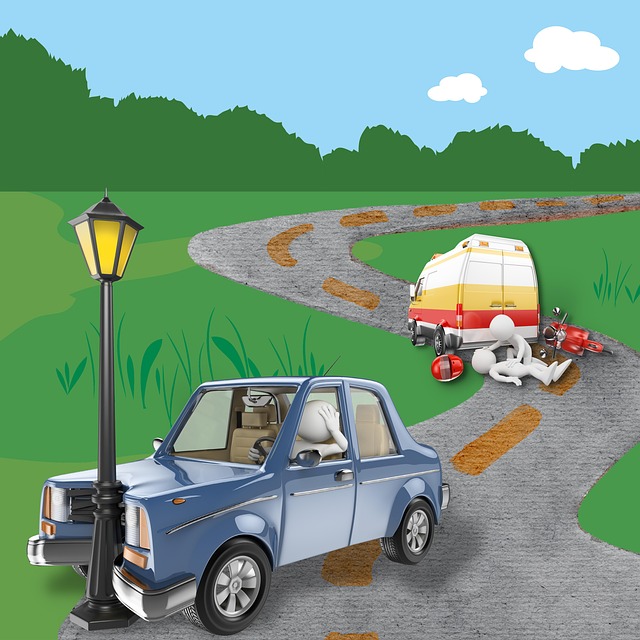Laser frame alignment is a groundbreaking automotive technology ensuring precision in vehicle manufacturing and maintenance. By utilizing advanced lasers, this process accurately aligns structural elements, benefiting both manufacturers and car owners by reducing waste, improving safety, handling, and tire life. In body repair, it's crucial for minimizing damage and maximizing structural integrity. Future developments aim to enhance accuracy and speed, potentially integrating AI and machine learning for predictive maintenance, raising global auto repair standards.
Laser frame alignment is a pivotal technology in vehicle manufacturing, ensuring precision and safety. This advanced process uses lasers to accurately position and align vehicle frames, critical for structural integrity. By minimizing errors and maximizing consistency, laser frame alignment boosts overall quality and performance. In an era demanding heightened precision and efficiency, understanding and adopting this technology is essential for automakers aiming to stay competitive. Explore the benefits and future trends of laser frame alignment in vehicle maintenance.
- Understanding Laser Frame Alignment: The Basics
- Benefits of Precision in Vehicle Manufacturing and Maintenance
- Implementation and Future Trends in Laser Frame Alignment for Vehicles
Understanding Laser Frame Alignment: The Basics
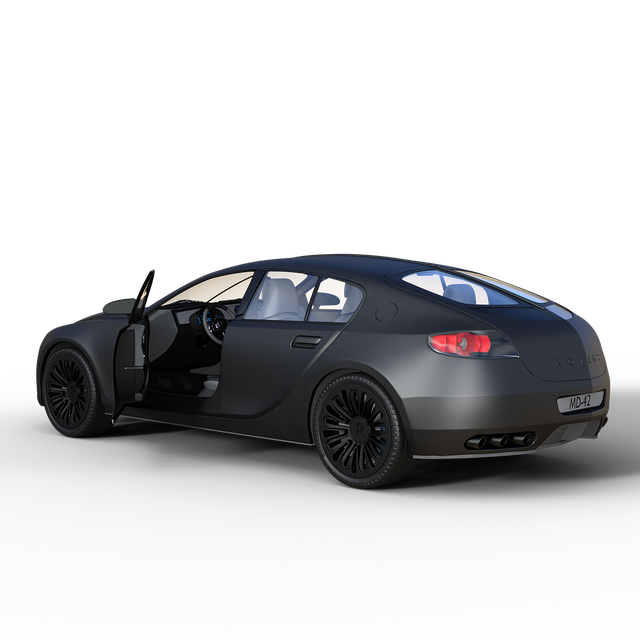
Laser frame alignment is a critical process that ensures the structural integrity and precision of a vehicle’s chassis. It involves using advanced laser technology to measure and adjust the alignment of various components within the car’s frame. This method offers unparalleled accuracy compared to traditional alignment techniques, making it an indispensable tool for modern car body shops and tire services.
By accurately aligning the vehicle’s frame, these specialized shops can address issues like unequal wheel wear, poor handling, and uneven tire pressure. Such problems often stem from misalignments caused by accidents, bad roads, or normal wear and tear. Laser frame alignment rectifies these misalignments, improving both the safety and performance of the vehicle. It is a crucial service for any vehicle body shop aiming to provide top-notch repairs, ensuring that cars leave their facilities with precise handling and optimal tire life.
Benefits of Precision in Vehicle Manufacturing and Maintenance
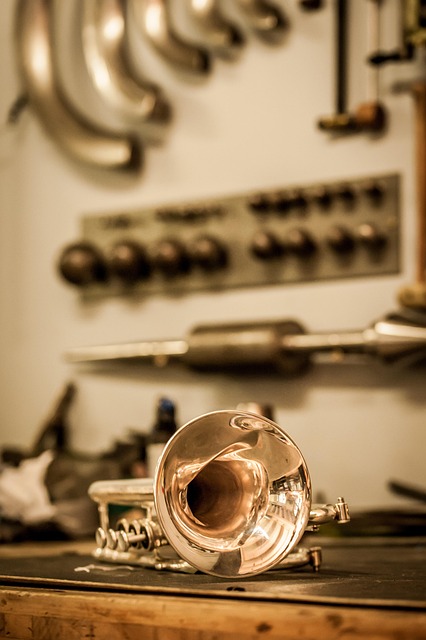
In the realm of vehicle manufacturing and maintenance, precision is paramount. The tiniest deviations can lead to significant issues down the line, from unsafe driving conditions to subpar performance. Achieving this precision, however, requires meticulous attention to detail – which is where laser frame alignment comes in as a game-changer. By using advanced laser technology, auto body painting and automotive repair processes become more accurate, ensuring that each vehicle’s structural elements are aligned perfectly.
This level of precision translates directly into benefits for both manufacturers and car owners. For manufacturers, it means reduced waste, faster production times, and improved product quality. For car owners, it results in safer rides, better handling, and prolonged vehicle lifespans. Moreover, meticulous laser frame alignment is crucial in high-demand sectors like car body repair, where minimizing damage and maximizing structural integrity are paramount.
Implementation and Future Trends in Laser Frame Alignment for Vehicles

The implementation of laser frame alignment has revolutionized vehicle precision and quality control in the automotive industry. This advanced technology offers an accurate and efficient method for measuring and adjusting vehicle frames, ensuring optimal structural integrity. By utilizing laser sensors, technicians can quickly identify misalignments and deformations, allowing for precise corrections during car dent repair or car restoration processes. With its non-destructive nature, laser frame alignment is a game-changer in auto repair services, enabling mechanics to make minute adjustments with remarkable precision.
Looking ahead, the future of laser frame alignment holds exciting possibilities. As technology advances, we can expect more sophisticated laser systems that offer even higher levels of accuracy and speed. This could lead to further streamlining of vehicle assembly lines, reducing downtime and improving overall efficiency in car restoration and repair processes. Additionally, integration of artificial intelligence and machine learning algorithms might enhance the capability of these systems, enabling predictive maintenance and proactive identification of potential issues before they occur, thus elevating the standards of auto repair services globally.
Laser frame alignment is a pivotal technology in vehicle manufacturing and maintenance, ensuring precision and quality across all components. By accurately aligning the vehicle’s frame, manufacturers can reduce errors, improve safety features, and enhance overall performance. As automotive standards continue to rise, so does the importance of advanced laser alignment systems, paving the way for future innovations that will further revolutionize the industry.
